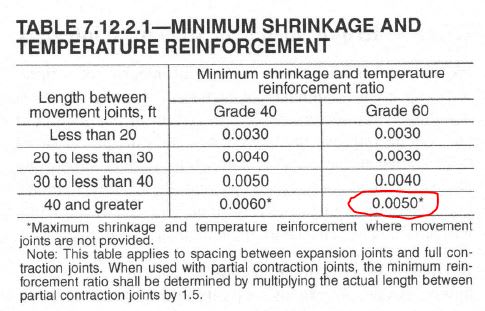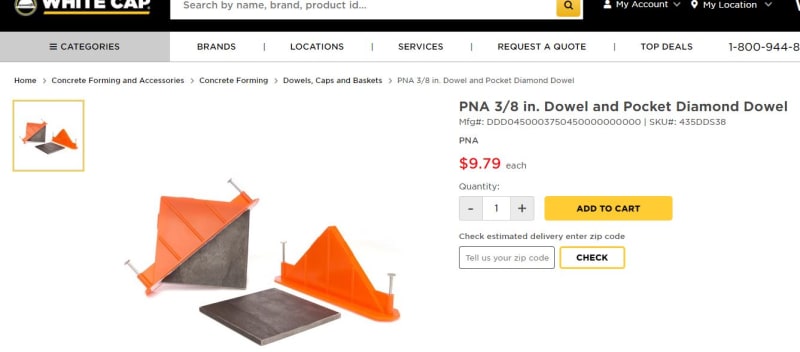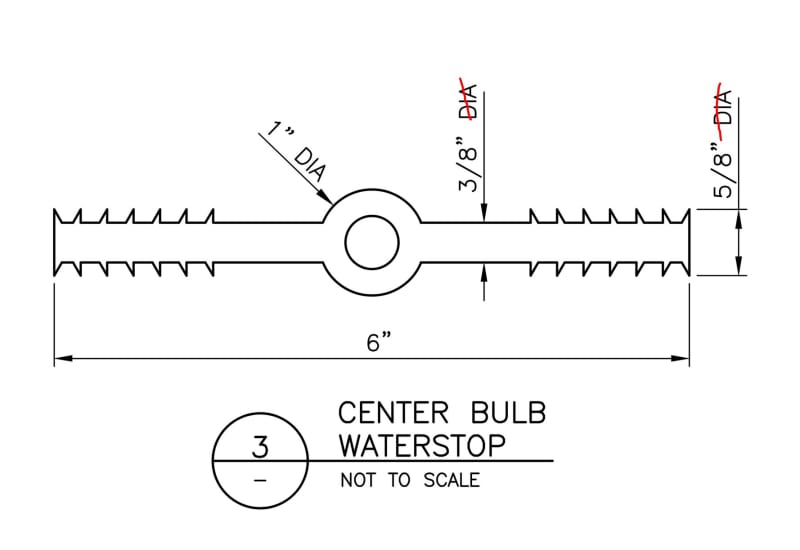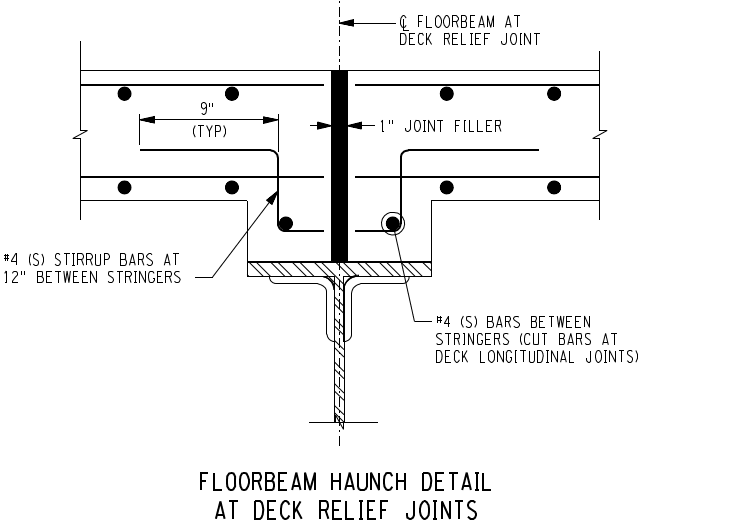You mentioned control joints. I don't think engineers use the terms control joint and contraction joint consistently. You need to define how much reinforcing is crossing the joint (if any), and what type of surface profile the joint has (if any). If there is a groove, then do you use poly sealant? Another maintenance item.
Center bulb WS is usually used at expansion joints, not control joints. Even with the best intentions PVC waterstops can fold over; only use 9" PVC WS at expansion joints. Better to use 6". At construction joints, of course no center bulb is used.
For walls 150 ft or less, I use 0.6% horiz steel and no control joints. Only construction joints and expansion joints. Of course, decent and qualified engineers do indeed use control joints (and USACE seems to approve of it). Control joints in water-retaining structures and sea walls is up for debate.
Most wall placements are 50ft long or less to minimize early shrinkage; a construction joint (full reinforcing continuous thru, monolithic behavior) is at most joints, then expansion joints at 150 ft.




